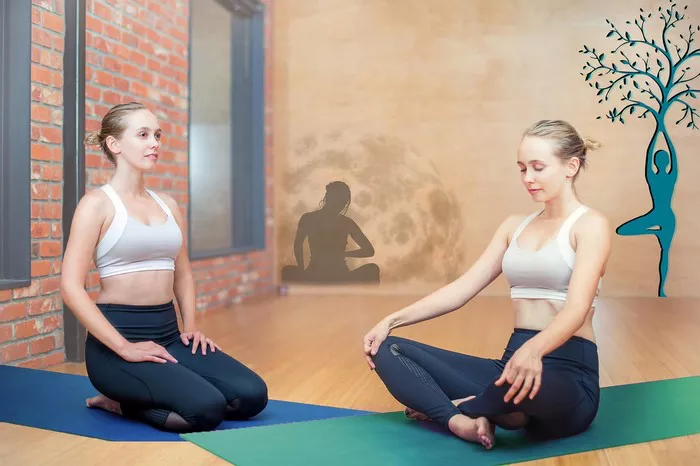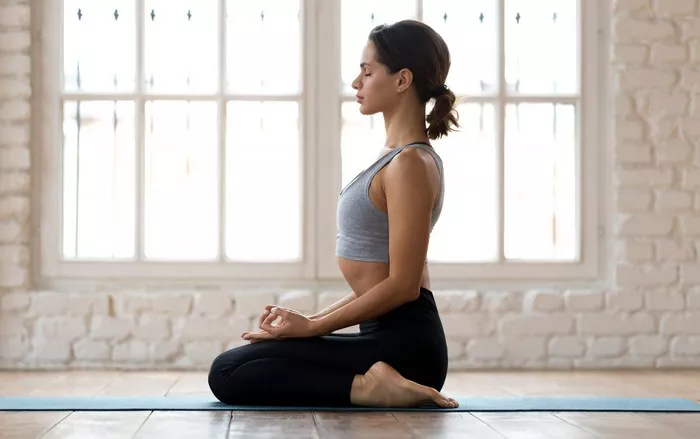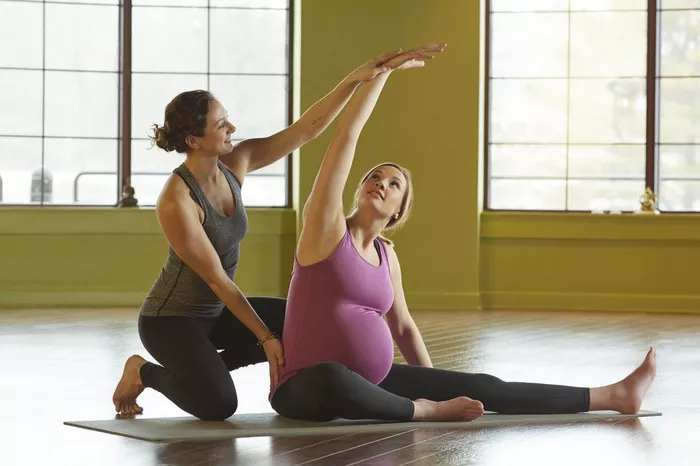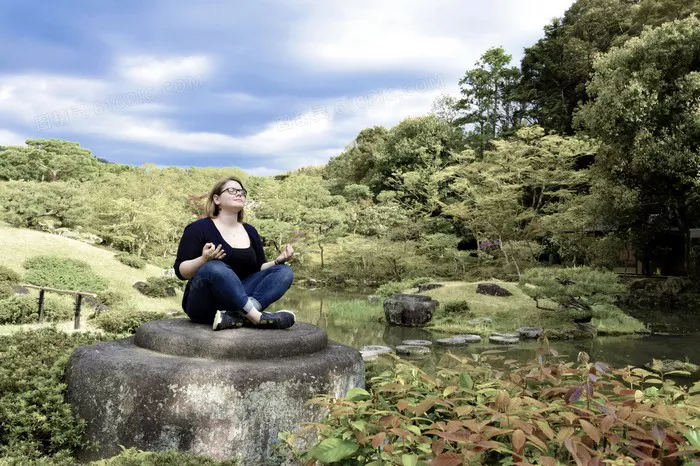Ashtanga Yoga is one of the most physically demanding styles of yoga, requiring dedication, strength, flexibility, endurance, and mental resilience. This rigorous practice consists of six progressively challenging series, each incorporating an intricate sequence of postures (asanas) synchronized with breath (ujjayi pranayama) and movement (vinyasa).
Among the vast array of challenging poses in Ashtanga Yoga, some stand out as particularly difficult due to their extreme demands on the body and mind. While practitioners may have personal variations in difficulty based on their strengths and limitations, one pose is often regarded as the most challenging in the Ashtanga system: Tittibhasana B (Firefly Pose B) in the Fourth Series (Advanced B Series).
Understanding Tittibhasana B
Tittibhasana B, or the second variation of Firefly Pose, is part of the Advanced B Series in Ashtanga Yoga. This posture demands an exceptional combination of strength, flexibility, and balance. To perform it successfully, a practitioner must possess:
Core and Arm Strength: The pose requires significant engagement of the core and arm muscles to hold the body in a lifted position without relying too much on the legs.
Hamstring Flexibility: Deep forward folds are essential in achieving the full expression of the pose.
Hip Openness: The ability to externally rotate the hips is crucial for positioning the legs correctly.
Shoulder Stability: Strong and stable shoulders prevent injury and allow for proper alignment.
Breath Control and Focus: The nervous system must remain calm to maintain the pose without excessive strain.
How to Perform Tittibhasana B
- Begin in Tittibhasana A (Firefly Pose A) by balancing on your hands with your legs extended outward.
- Maintain arm engagement and begin transitioning your legs into a more compressed forward fold while keeping them elevated.
- The goal is to bring the torso closer to the thighs while still lifting the body off the ground.
- Hold the posture while maintaining a steady breath and strong engagement in the core and arms.
- Slowly exit the pose with control, ensuring a smooth transition into the next vinyasa sequence.
Why is Tittibhasana B the Hardest Pose?
Many experienced practitioners and teachers agree that Tittibhasana B is among the hardest postures in Ashtanga Yoga because:
It Requires Mastery of Many Elements: Unlike some postures that focus on either strength or flexibility, Tittibhasana B demands a combination of both. It requires balance, strength, hip mobility, hamstring flexibility, and breath awareness.
It Appears in an Advanced Series: Since it is in the Fourth Series, a practitioner must already be proficient in the previous three series, meaning they must have significant experience and a well-developed practice.
The Transition is Challenging: Unlike the traditional Tittibhasana A, this variation requires greater control during entry and exit. Moving between poses in the Advanced Series requires extraordinary precision and awareness.
It Challenges the Breath and Nervous System: As with many advanced Ashtanga poses, staying calm and maintaining controlled breathing is key. The intensity of the posture can cause tension, making it difficult to remain steady.
Other Notoriously Difficult Poses in Ashtanga Yoga
While Tittibhasana B is one of the most difficult, there are several other Ashtanga postures known for their complexity and demand:
1. Kapotasana (Pigeon Pose in Second Series)
- Requires extreme spinal flexibility, deep backbending, and strong shoulder engagement.
- Involves reaching back to grab the heels while maintaining an open chest and steady breath.
2. Purna Matsyendrasana (Full Lord of the Fishes Pose in Fourth Series)
- A deep spinal twist requiring both strength and flexibility in the spine and hips.
- The ability to maintain alignment while holding a deep bind is a key challenge.
3. Karna Pidasana (Ear Pressure Pose in Advanced Series)
- A deep forward fold that compresses the entire body, requiring open hamstrings and a flexible spine.
- The breath becomes restricted, making it difficult to maintain calmness and focus.
4. Mayurasana (Peacock Pose in First Series)
- An arm balance requiring immense wrist strength and core engagement.
- The positioning of the elbows pressing into the abdomen makes it difficult to maintain the pose for long.
5. Ganda Bherundasana (Chin Stand in Advanced Series)
- One of the most extreme backbends, requiring deep flexibility in the spine and strong shoulder control.
- Holding the pose while breathing deeply is exceptionally challenging.
How to Progress Toward Mastery of Advanced Asanas
Achieving difficult Ashtanga postures, especially Tittibhasana B, takes time and consistent practice. Here are some tips to help progress:
1. Develop Strength Gradually
- Incorporate exercises that build core, arm, and shoulder strength.
- Use preparatory poses like Navasana (Boat Pose) and Bakasana (Crow Pose) to build endurance.
2. Work on Flexibility Daily
- Regular hamstring and hip-opening stretches, such as Upavistha Konasana (Wide-Legged Forward Fold), can improve range of motion.
- Practicing deep spinal extensions will aid backbend-heavy postures.
3. Use Props and Modifications
- Blocks, straps, and wall support can assist with difficult poses.
- Breaking down the pose into manageable steps ensures steady progress.
4. Focus on Breath and Mindset
- Ujjayi breathing helps maintain control and calmness in challenging postures.
- Meditation and mindfulness improve patience and resilience in practice.
5. Seek Guidance from Experienced Teachers
- A qualified teacher can provide adjustments, alignment cues, and personalized modifications.
- One-on-one instruction accelerates learning and prevents injury.
Final Thoughts
Ashtanga Yoga is an ever-evolving journey that tests the body and mind. While many poses present unique challenges, Tittibhasana B is widely regarded as one of the most demanding due to its combination of strength, flexibility, and control. However, with dedicated practice, proper technique, and patience, even the most difficult poses become achievable. The key lies in consistency, mindful breathing, and a willingness to embrace the process of growth. Every challenge in yoga is an opportunity for transformation—both physically and mentally.
Related Topics:























